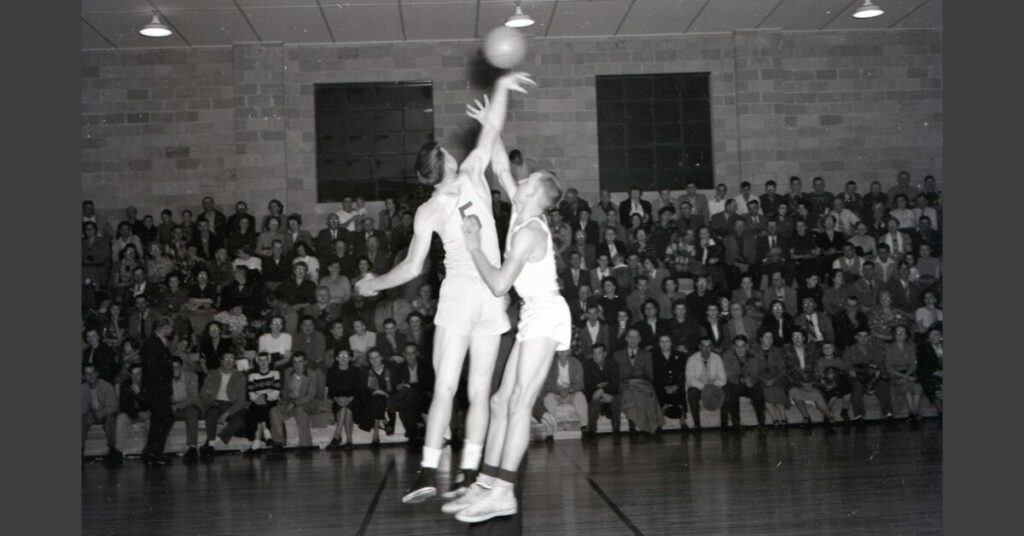Four of the five counties in North Central Indiana have opted so far to accept 2024 Health First Indiana funding.
La Porte, St. Joseph, Marshall and Elkhart counties have joined the initiative that focuses on improving health outcomes.
Health First Indiana was commissioned by Senate Bill 4 in the 2023 legislative session. It was introduced by Sen. Ed Charbonneau (R-Valparaiso), Sen. Jean Leising (R-Oldenburg) and Sen. Chip Perfect (R-Lawrenceburg).
The legislation is the result of the Governor's Public Health Commission, which was established in August 2021. The commission was created to improve the state's publish health system.
In 2024, counties that opted in will receive the following estimated amounts:
- La Porte County: $1.3 million to $1.7 million
- St. Joseph: $3.2 million to $4.2 million
- Marshall County: $535,854 to $714,472
- Elkhart County: $2.4 million to $3.2 million
Counties also will be expected to provide matching funds based on county tax levy-related funds distributed to the Local Health Department as an average of the years 2021, 2022 and 2023.
Counties that opt out will receive a legacy amount from the local health maintenance fund. So far, Starke County has not opted in and would receive the legacy amount of $50,303. These amounts are the same as 2023 funding levels.
In July, Charbonneau was appointed chair of the Interim Study Committee on Public Health, Behavioral Health and Human Services.
“I'm always eager to further research how we can improve our health care system, specifically in regard to the market concentration of the overarching health care industry,” Charbonneau said in a press release. “I look forward to performing a thorough review of health care costs, specifically with regard to health care industries such as health insurance, hospitals and pharmacy benefit managers.”
According to the “Indiana Governor's Public Health Commission Report 2022,” the life expectancy in Indiana has been on the decline since 2010 when it peaked at 77.5 years old.
“There is no excuse for why Hoosiers are paying some of the highest health care costs in the nation when we have some of the lowest ratings in nursing home quality and preventable hospitalizations,” Charbonneau said.




